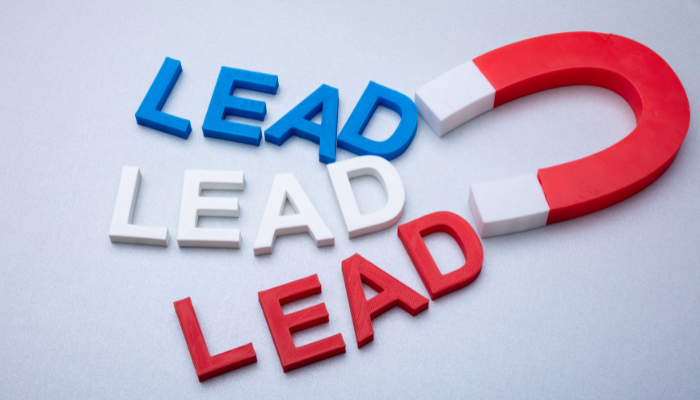
Types of Leads You Can Buy: A Comprehensive Overview
April 9, 2024 Comment off
In the ever-evolving landscape of digital marketing and sales, the acquisition of leads stands as a cornerstone for business growth and sustainability. Leads, essentially potential customers who have shown interest in your product or service, can be cultivated organically or acquired through purchase. Buying leads offers a fast track to sales expansion, but it comes with its own set of challenges and considerations. This comprehensive overview explores the different types of leads available for purchase, along with the benefits and drawbacks of each, to help you make an informed decision tailored to your business needs.
1. Cold Leads
Cold leads are individuals who have not previously interacted with your brand and may have minimal awareness of your products or services. These leads are typically acquired in large volumes from databases or lead generation companies.
Benefits:
- Volume: You can acquire a large number of leads quickly.
- Diversity: Cold leads can help you reach new market segments.
Drawbacks:
- Low Conversion Rates: Cold leads are less likely to convert into customers compared to more qualified leads.
- Resource Intensive: Significant effort and resources are required to warm up cold leads.
2. Warm Leads
Warm leads have shown some level of interest in your product or service. This interest could be demonstrated by actions such as subscribing to a newsletter, following your brand on social media, or attending a webinar.
Benefits:
- Higher Engagement: Warm leads are more likely to engage with your marketing efforts.
- Better Conversion Rates: These leads have a higher likelihood of converting into paying customers.
Drawbacks:
- Cost: Warm leads can be more expensive to acquire than cold leads.
- Availability: There may be a limited pool of warm leads available for purchase.
3. Hot Leads
Hot leads are at the pinnacle of lead qualification. They have shown a clear intent to purchase by engaging in actions like requesting a quote, adding items to a shopping cart, or directly contacting your sales team.
Benefits:
- High Conversion Rates: Hot leads have the highest conversion rates among all types of leads.
- Immediate Sales Potential: These leads are often ready to make a purchase decision.
Drawbacks:
- Cost: Hot leads are the most expensive to acquire due to their high conversion potential.
- Competition: There is intense competition for hot leads across industries.
4. B2B (Business-to-Business) Leads
B2B leads are companies or decision-makers within companies that may benefit from your products or services. These leads are crucial for businesses whose primary customers are other businesses.
Benefits:
- High Order Value: B2B sales often have a higher average order value compared to B2C (Business-to-Consumer) sales.
- Long-term Contracts: B2B engagements often result in longer-term contracts and repeat business.
Drawbacks:
- Long Sales Cycles: The B2B sales process can be lengthy and complex.
- Decision-Making Process: Sales often require approval from multiple stakeholders, complicating the sales process.
5. B2C (Business-to-Consumer) Leads
B2C leads are individual consumers interested in purchasing products or services for personal use. These leads are essential for businesses whose primary market is the general consumer.
Benefits:
- Shorter Sales Cycles: B2C sales cycles are typically shorter, allowing for quicker conversions.
- Volume: There is often a larger volume of B2C leads available for purchase.
Drawbacks:
- Lower Order Value: Individual purchases usually have a lower value compared to B2B transactions.
- High Competition: The B2C market is highly competitive, with many businesses vying for consumers’ attention.
Purchasing leads can be a strategic move to accelerate your business growth, but it’s crucial to choose the right type of leads that align with your sales strategy and goals. Each type of lead comes with its own set of benefits and drawbacks, and the success of your lead acquisition efforts will depend on how well you understand and cater to these nuances. Whether you opt for cold, warm, hot, B2B, or B2C leads, ensuring a personalized and engaging approach in your follow-up strategies will significantly enhance your conversion rates and ROI.